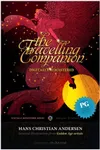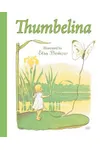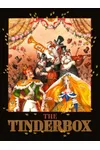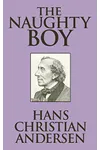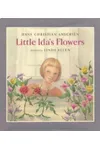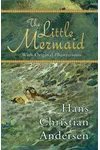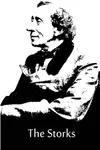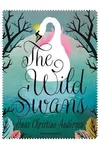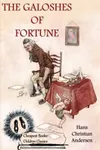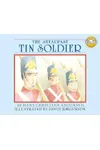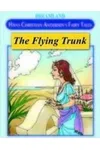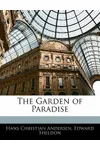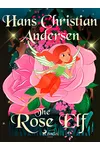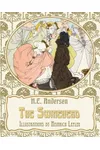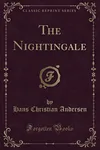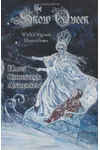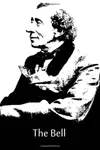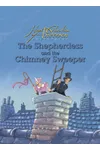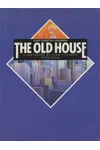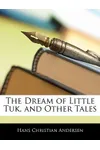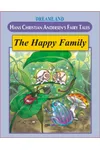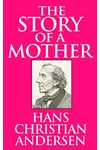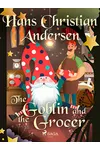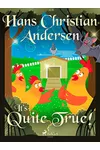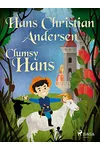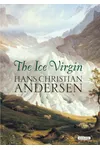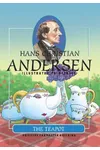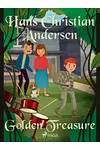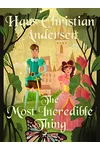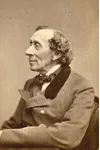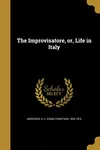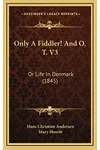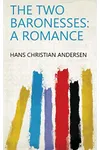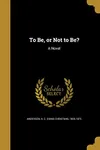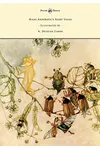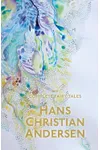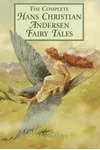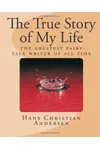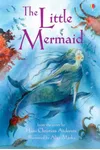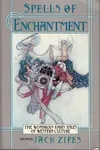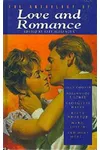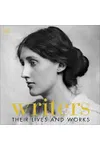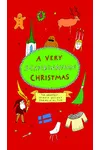Picture a Danish storyteller who spun tales of mermaids and misfits that still captivate hearts worldwide—meet Hans Christian Andersen! Born in 1805, this literary genius crafted 168 fairy tales, blending whimsy with wisdom. From 'The Little Mermaid' to 'The Ugly Duckling,' his stories transcend time, enchanting readers in 125 languages with their universal truths and magical charm.
Andersen’s life was as colorful as his tales. Rising from humble beginnings, he wove his struggles and dreams into stories that resonate across cultures. Let’s dive into the world of this master storyteller whose pen turned ordinary moments into extraordinary adventures!
The Making of Hans Christian Andersen
Born on April 2, 1805, in Odense, Denmark, Hans Christian Andersen grew up in poverty, the son of a shoemaker and a washerwoman. His imagination was his escape, fueled by folk tales and his father’s love for literature. After losing his father at 11, Andersen faced hardship but chased his dreams in Copenhagen at 14, hoping to become an actor or singer. Though his early artistic ventures faltered, his knack for storytelling caught the eye of benefactors, who funded his education.
By his 20s, Andersen began writing poems and novels, but it was his fairy tales, first published in 1835, that defined his legacy. His early life’s trials—poverty, rejection, and a longing for belonging—shaped the heartfelt themes of his work, making his stories deeply personal yet universally relatable.
Hans Christian Andersen’s Unforgettable Stories
Andersen’s fairy tales are a treasure trove of imagination, blending fantasy with sharp social commentary. His 168 tales, including classics like 'The Little Mermaid,' 'The Ugly Duckling,' 'The Emperor’s New Clothes,' and 'The Snow Queen,' are known for their vivid characters and moral depth. Unlike the Grimms’ folk retellings, Andersen’s stories were original, often reflecting his own insecurities and observations of human nature.
'The Little Mermaid' (1837) tells of a mermaid’s heartbreaking quest for love and a soul, mirroring Andersen’s own unrequited loves. 'The Ugly Duckling' (1843), a tale of transformation and self-acceptance, echoes his journey from outcast to celebrated author. 'The Emperor’s New Clothes' (1837) slyly critiques vanity and conformity, showcasing his knack for subtle satire. His style—simple yet poetic—appeals to both children and adults, with layers of meaning that reveal themselves over time.
Andersen’s tales often explore themes of resilience, identity, and the beauty of the overlooked. His ability to infuse magic into everyday settings, like a darning needle or a tin soldier, made his stories timeless, inspiring countless adaptations in film, theater, and literature.
Why Hans Christian Andersen Matters
Hans Christian Andersen’s impact is monumental. His fairy tales, translated into 125 languages, have shaped global storytelling, influencing writers, filmmakers, and artists. His stories introduced children to complex emotions and moral dilemmas, while adults found solace in their poignant truths. In Denmark, he’s a national icon, with statues and museums celebrating his legacy.
Beyond entertainment, Andersen’s work championed the underdog, challenging societal norms and celebrating individuality. His tales remain relevant, teaching empathy and resilience in a world that still grapples with exclusion and vanity. From Disney’s 'The Little Mermaid' to modern retellings of 'The Snow Queen,' his influence endures, proving the power of a good story.
About Hans Christian Andersen
- Born: April 2, 1805, in Odense, Denmark
- Key Works: 'The Little Mermaid,' 'The Ugly Duckling,' 'The Emperor’s New Clothes,' 'The Snow Queen'
- Notable Fact: His tales are translated into 125 languages
- Died: August 4, 1875, in Copenhagen, Denmark
Ready to fall under Andersen’s spell? Snag 'The Ugly Duckling' or 'The Little Mermaid' and dive into his enchanting world of fairy tales!
